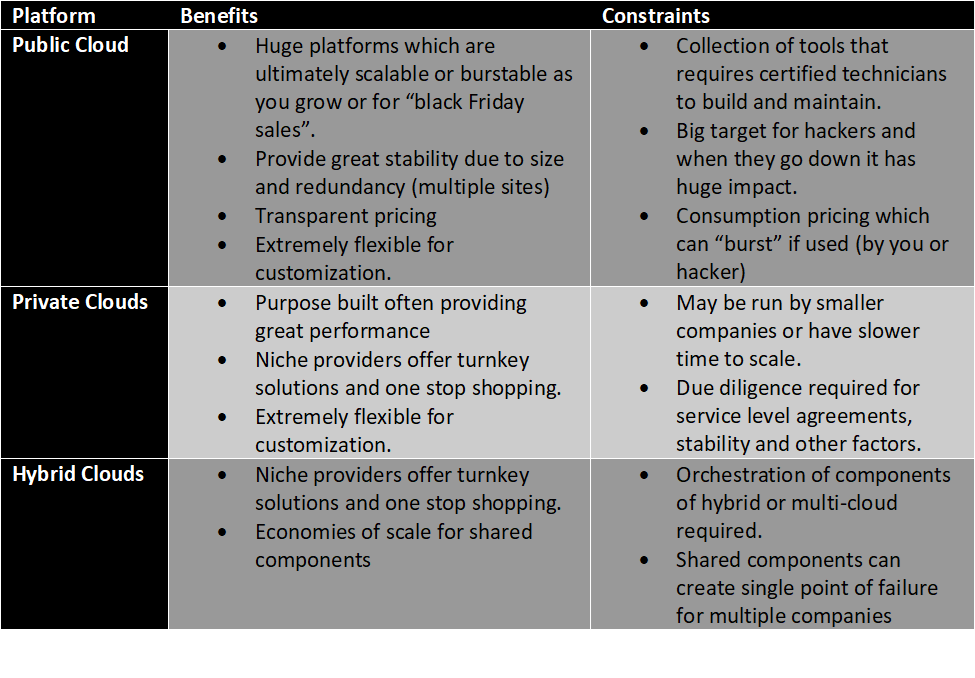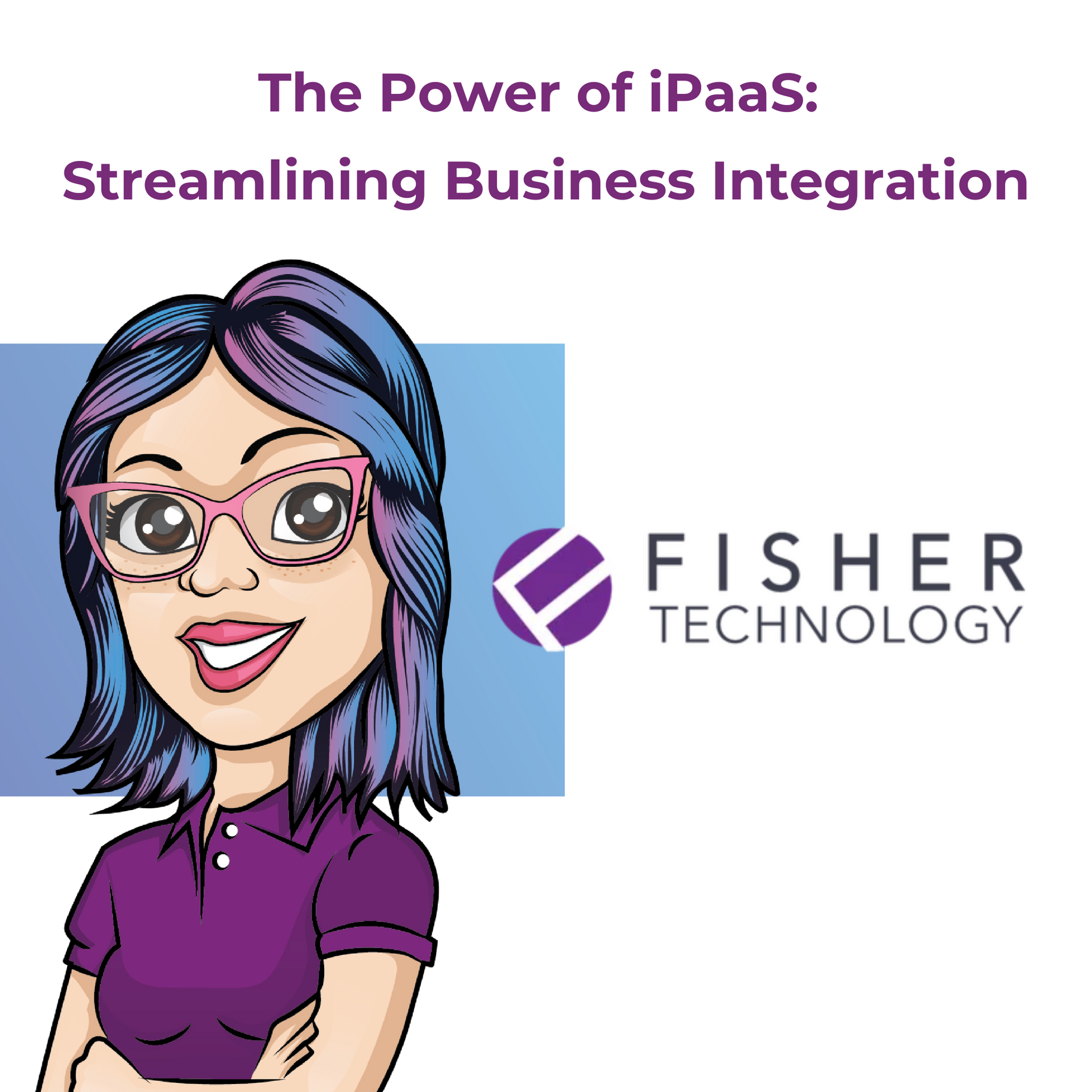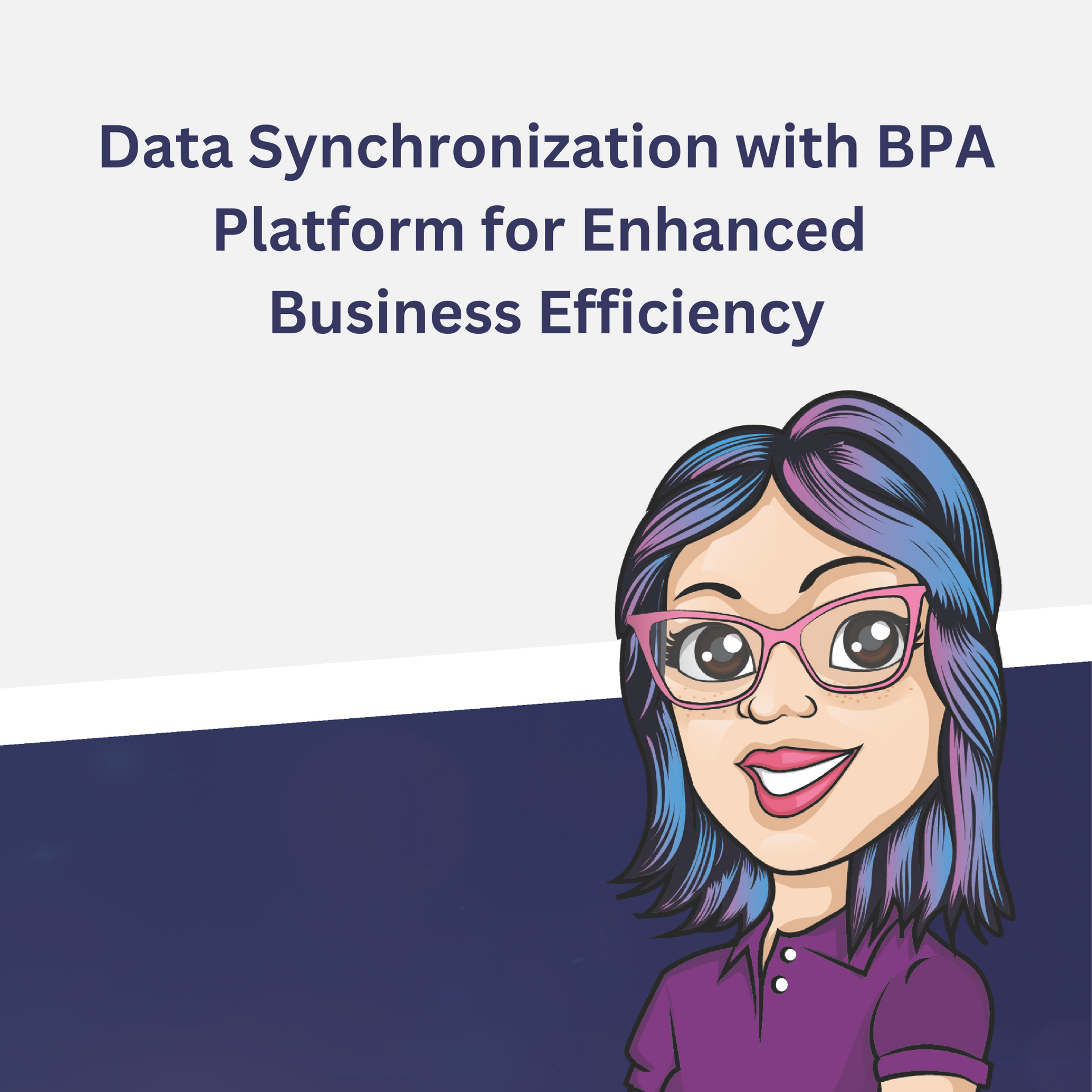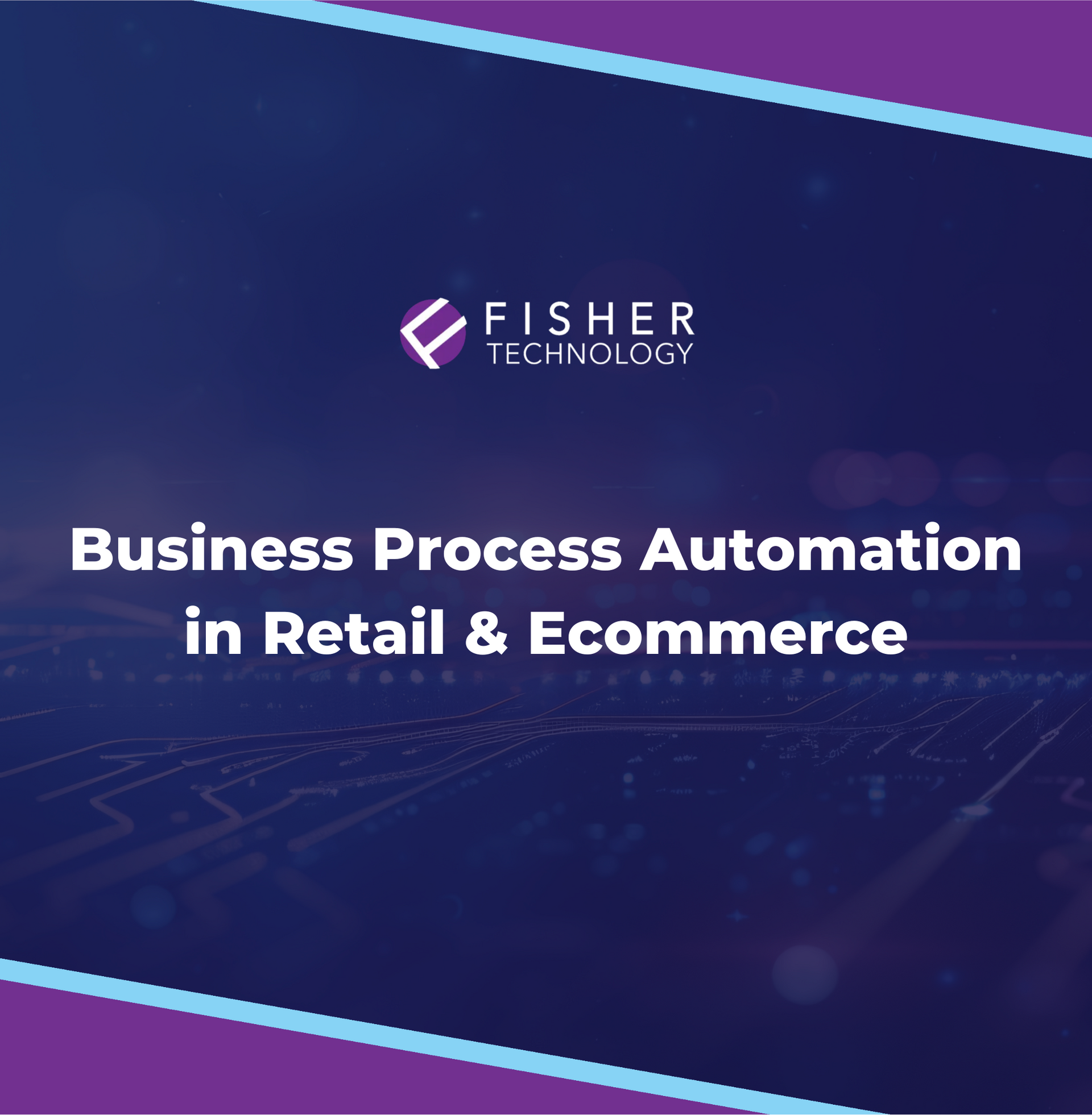By Nicole Laurier
•
January 28, 2025
From managing inventory to processing sales data, repetitive manual tasks can drain employee time and increase the risk of costly errors. Whether you operate a brick-and-mortar store or an eCommerce platform, these challenges can impact productivity and profitability long before your product reaches the shelves. Business Process Automation (BPA) offers a game-changing solution by eliminating the need for manual data processing. BPA Platform automates essential retail tasks such as updating product information, generating sales reports, and handling returns, allowing employees to focus on more strategic responsibilities. By reducing operational costs, minimizing human error, and streamlining workflows, automation empowers retail businesses to process sales and manage critical data more efficiently—all without employee intervention. Keep on reading for more details! What is a Business Process? Business processes refer to a series of interrelated tasks or activities performed within an organization to achieve a specific goal or deliver a desired outcome. They represent the systematic way in which work is organized, executed, and monitored to ensure smooth operations and efficient resource utilization. Business processes can encompass various functional areas such as sales, marketing, finance, human resources, operations, customer service, and much more. These processes often involve the flow of information, materials, or services across different departments or individuals, following predefined rules or guidelines. They can range from simple tasks to complex workflows, and their optimization is crucial for enhancing productivity, quality, and overall organizational performance. Automated Business Process Examples So what types of business processes can be automated? Well, the list is endless and is dependent on the type of business or company structure that it is going to be applied to, and the specific needs, goals and challenges of the organization. Business process automation provides the ability to carry out and fulfill business processes without human intervention. These processes can cover a wide variety of business activities, tasks or workflows, ranging from order management and financial reporting, to data monitoring and critical notifications. Likewise, automated workflows can be used across a variety of industries and functions, from customer service and marketing, to finance and HR. Here are some common examples of business processes that can be automated: Invoice processing: Automating the invoice processing workflow involves capturing invoice data, validating it against predefined rules, routing it for approvals, and generating payment notifications. This automation can streamline the accounts payable process, reduce manual data entry, and improve accuracy. Order fulfillment: Automating order fulfillment involves integrating systems for order capture, inventory management, order processing and shipping. Automated workflows can help track orders, update inventory levels, generate shipping labels and send order status notifications to customers. Customer Relationship Management (CRM): Automating CRM processes involves capturing and managing customer data, tracking interactions and automating communication workflows. This automation can help in lead generation, sales pipeline management, customer segmentation and personalized marketing campaigns. Performance reporting: Automating performance reporting involves collecting data from various sources, aggregating it, and generating reports for analysis. Automated reporting can save time, provide real-time insights and enable data-driven decision-making. Expense management: Automated systems can capture expense data, validate it against policies, route it for approval and streamline reimbursement processes, saving time and reducing errors. Why BPA Platform is the Right Choice BPA Platform provides the tools needed to quickly and easily build automated processes that are unique to the way a business works. It allows for changing business environments by providing the flexibility for automated processes to be adapted or completely re-written to meet new conditions. BPA Platform also provides a powerful and flexible workflow automation solution for managing and monitoring the flow of work within an organization, ensuring that business rules are adhered to and administration is removed. It permits users to receive and authorize multi-level workflow jobs, regardless of the device and business system the workflow starts or ends within, and creates an audit trail for complete peace of mind. Additionally, BPA Platform makes it extremely easy to automate any number of data management alerts and notifications for a host of different scenarios. They can be sent automatically in response to predefined conditions or events and be used to notify customers, partners or administrators of important, informative or critical system events. BPA Platform can monitor business systems for key data changes (to business rules) and automatically send email or SMS business alerts to both internal and external recipients when needed. They can be generated based on specific business events, such as stock level notifications, sales notifications, delivery alerts, service alerts, credit control notifications, support team updates or warehouse alerts. Ready to Automate your Business? Business Process Automation (BPA) is transforming the retail industry by streamlining operations, reducing costs, and minimizing errors. By automating essential workflows—from inventory management to performance reporting—retail businesses can save time, improve accuracy, and focus on delivering exceptional customer experiences. With the flexibility and robust functionality of BPA Platform, your business can adapt to changing demands and achieve greater efficiency. Ready to unlock the potential of automation for your retail operations? Contact Fisher Technology today to learn how BPA can elevate your business processes and drive lasting success.






